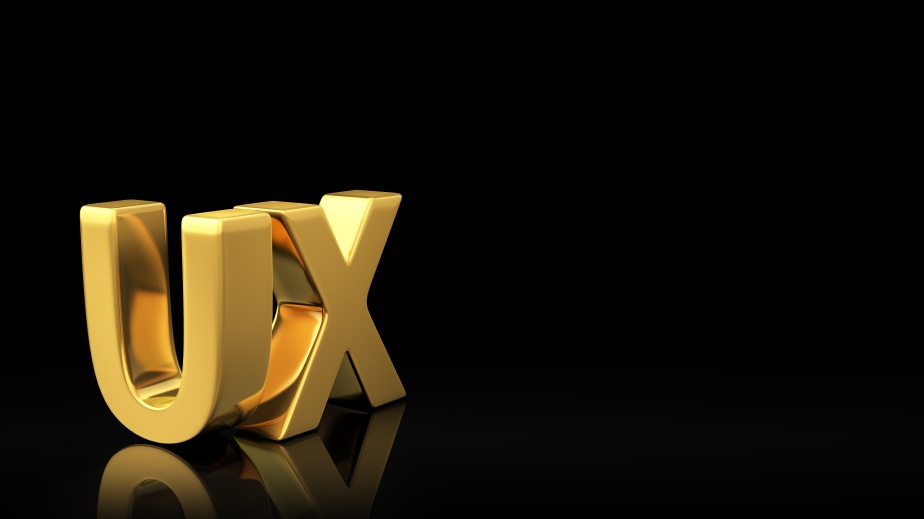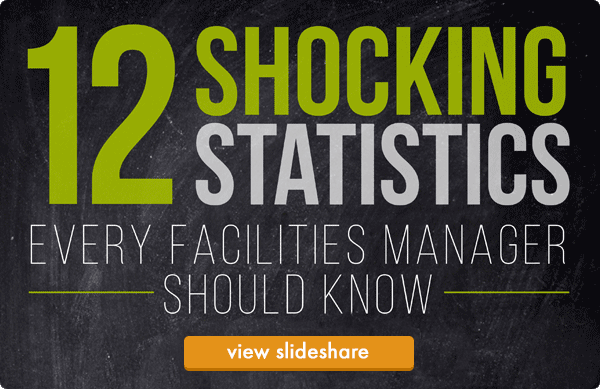UX Is Not Just About Technology


When it comes to facilities management software, most of the focus falls squarely on the technology behind these systems. The tech is absolutely important, because no system works without it. But to leave design out of the equation entirely leads to building and adopting systems that don’t deliver a positive, enjoyable user experience, or UX.

How important is design? The 2013 Design Value Index Survey tracked the value of publicly held companies and monitored the impact of their investments in design and innovation on stock value over time relative to the Standard & Poor’s 500 Index. From a pool of 75 businesses, just 15 (20 percent) of the companies met a rigorous set of six Design Management Institute criteria. Over the past 10 years, the results show that design-centric organizations have maintained a significant stock market advantage, outperforming the S&P by an extraordinary 228 percent.

That’s important. Here are some questions to ask to determine what the user experience of your facilities management software is like. Improving the UX can help you attract and retain top workers in an age where highly qualified, dedicated workers are hard to come by.
What is the Sign In Process Like?
How easy is it to sign onto the system and get something done? Is the interface as functional and feature-full on mobile as it is on the desktop version? If facilities management workers are frustrated before they even get into the system, the UX is likely to deteriorate from there.

Where are the Critical Features Located?
Once logged into the system, is it easy and intuitive to find the features the worker is looking for? Lots of designs are gorgeous, but use terms that are ambiguous or confusing, or perhaps don’t make it clear where to go and what to do next.
How Many Steps Does It Take to Complete Common Tasks?
How many clicks and/or keystrokes does it take to do common tasks like locate a piece of equipment or determine when the last time housekeeping took care of the downstairs hallway of Facility B across town? If the everyday tasks take more than a couple of keys and/or keystrokes, the system isn’t providing a positive UX.
What Motions are Required to Move From Point to Point?
Aside from the number of actions a user has to take to accomplish regular tasks, are the motions they must make easy and ergonomic? Does the system make use of the natural mobility of the hands and fingers, or are the motions awkward? A great user experience depends on ease of motion.

Is it Visually Appealing?
Functionality should be the primary consideration when designing a UI, but the system also needs to look attractive. A positive UX isn’t achieved by looking at ugly colors and unattractive fonts.
Are There Glitches?
Does the facilities management system snag when bringing up data? Does it have glitches when users try to do ordinary tasks? A glitchy system contributes to high frustration levels, which definitely deteriorates the user experience.

When evaluating your current system or shopping for a new facilities management solution, don’t just think in terms of the technology behind it. Consider the user experience. It contributes significantly to your workers’ morale, how easily you attract top talent, and how well you’re able to retain those well-trained, experienced, dedicated workers.
